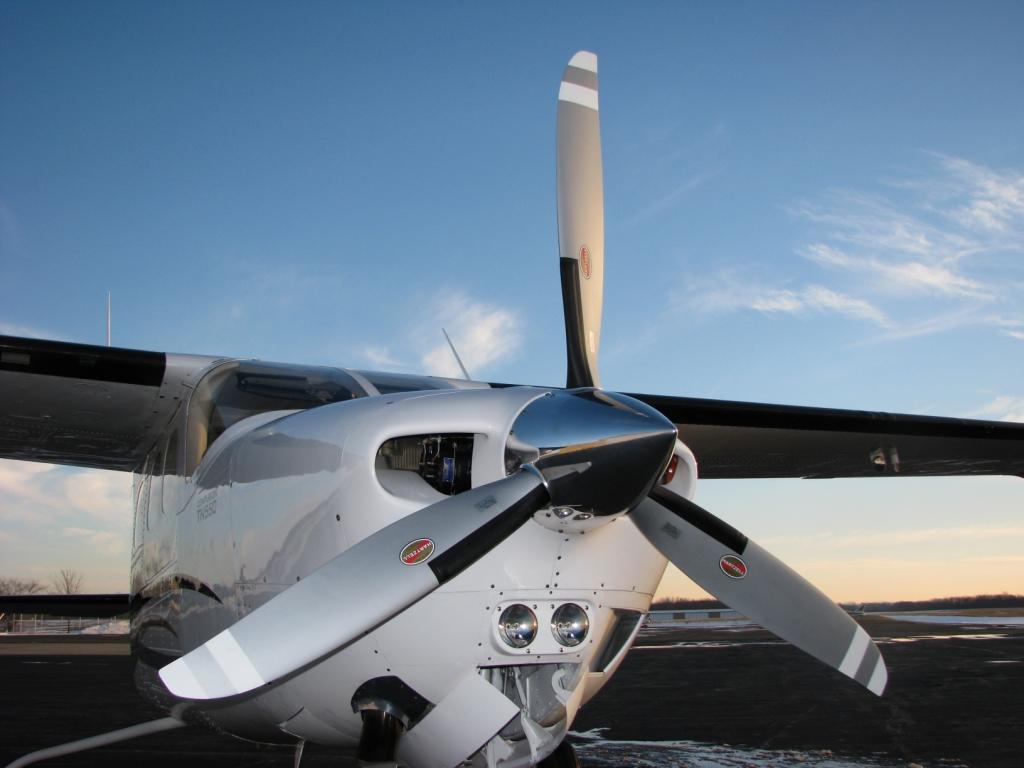
’Tis the season for cold, snow, ice, and wind. Flying in these conditions calls for special preflight and post-flight precautions, including paying extra attention to your aircraft propeller.
As one of the hardest-working components on your airplane, your propeller has to face harsh weather conditions head-on. Taking good care of your prop, especially during the winter months, will help ensure your aircraft’s overall safety and efficiency for years to come.
Here are some tips to remember as the weather gets cooler:
In the winter, expect to spend much longer on preflight planning compared to the summer months. You’ll need more time to warm up your engine, remove any snow or ice, inspect your aircraft, and plan your flight. Dress warmly so you can take your time and give your aircraft the proper preflight it deserves. If you’re in a rush, you could miss important items on your checklist, like inspecting your propeller.
If your airplane is parked outside, one of the first things you’ll need to do is remove all traces of snow, frost, and ice from the airframe and components like the prop and spinner. If you don’t, the drag caused by frozen contaminants could cause loss of control upon takeoff. Avoid using a car ice scraper or credit card to scrape away stubborn snow and ice, as these methods can leave scratches. Use a suitable ground de-icing fluid instead.
Proper preheating is critical in the winter months, both for your safety and the longevity of your aircraft engine. Just one cold start can produce more wear on a piston engine in less than a minute than 500 hours of normal cruise operation! To preserve engine life and provide greater reliability, preheat your engine anytime the temperature drops below 32° F. If you can’t access a heated hangar, there are several methods to preheat an aircraft engine, including forced-air preheaters and built-in electric heaters.
If you have propeller de-ice boots, it’s important to inspect them before and after every flight. Look for cracks, tears, punctures, and other signs of damage. Address any issues right away—if water gets into the de-ice boot, it could freeze and prevent the boot from working properly. During preflight, you’ll also want to test that the boots installed on each propeller blade are operational. If one boot fails to heat, it could cause unequal blade loading and propeller vibration.
Consider insulated propeller blade covers to shield your prop from cold, snow, ice, and rain when your aircraft is parked outside or in a non-heated hangar. Prop covers can also protect your blades from hangar rash: minor dents and dings that may lead to more significant damage down the road.
With the proper maintenance and safety checks, winter flying can be just as fun and rewarding as it is in the summer months! Keep these tips in mind to protect your propeller investment, and contact the Hartzell Propeller technical team if you have any questions.